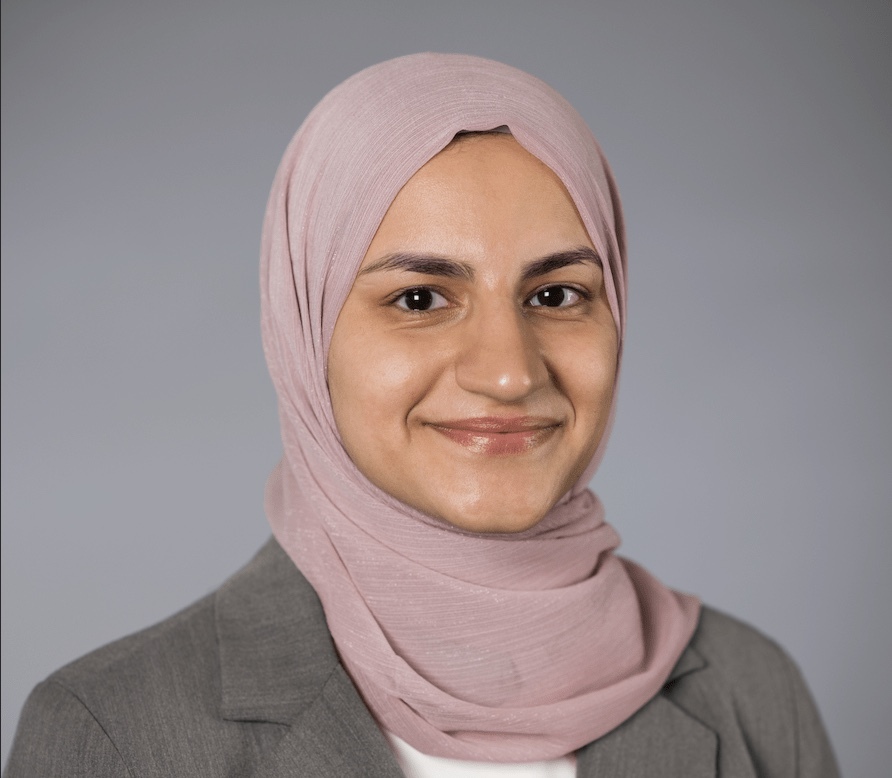All AP Biology Resources
Example Questions
Example Question #156 : Reproductive Physiology
Which of the following is a method of instrumental child delivery?
Vacuum extraction and forceps
Forceps
Vacuum extraction
Pliers
Labor induction via prostaglandins
Vacuum extraction and forceps
Instrumental delivery is the delivery of an infant through the use of medical instruments. This is used in the case of difficult deliveries and labor complications. Instruments that are commonly used include the vacuum extractor and forceps.
Example Question #167 : Reproductive System
Which of the following hormones is not involved in the menstrual cycle?
Estrogen
Progesterone
Follicle-stimulating hormone (FSH)
Luteinizing hormone (LH)
Prolactin
Prolactin
Prolactin is a hormone responsible for the production of milk in the mammary glands of mammals. It is not involved in the menstrual cycle, which is controlled by fluctuating levels of the hormones estrogen, progesterone, luteinizing hormone (LH), and follicle-stimulating hormone (FSH).
Example Question #168 : Reproductive System
Which of the following can be defined as the process by which sperm is discharged from the male body?
Spermatogenesis
None of these
menstruation
Oogenesis
Ejaculation
Ejaculation
Ejaculation is defined as the process by which sperm is discharged from the male body through the urethra. This process typically occurs during the male orgasm.
Example Question #391 : Systems Physiology
Which of the following correctly identifies the typical—average—length of a single female menstrual cycle?
One average, one menstrual cycle typically lasts for about 28 days; however, this time length can range anywhere from 21 to 35 days depending on the individual.
Example Question #392 : Systems Physiology
What hormone causes ovulation to occur during the menstrual cycle?
Prolactin
Growth hormone
Follicle-stimulating hormone
Thyroid-stimulating hormone
Luteinizing hormone
Luteinizing hormone
An increase in estrogen causes an increase in the luteinizing hormone. It is the luteinizing hormone that causes ovulation. Ovulation is the process of releasing an ovum.
Growth hormone creates growth in the body. Follicle-stimulating hormone helps follicles mature, and promotes spermatogenesis in males. Prolactin causes the mammary glands to create milk. Thyroid-stimulating hormone helps release thyroxine and triiodothyronine (thyroid hormones).
Example Question #91 : Understanding Other Reproductive Physiology
Which of the following is true regarding the association between intercurrent diseases and pregnancy?
None of these
The diseases can worsen as a result of the pregnancy
Drugs taken to treat the disease have no impact on the fetus
They are not pre-existing
These diseases do not impact the pregnancy
The diseases can worsen as a result of the pregnancy
Intercurrent diseases are diseases that are not related to being pregnant (they were pre-existing) but may worsen during pregnancy. These diseases pose a risk to the developing fetus and special attention needs to be given to the drugs taken to treat the exiting illness because they may negatively impact the fetus. In the case of infections, there is a risk of vertical transmission to the fetus.
Example Question #1 : Neural Anatomy
Action potentials move down myelinated axons via saltatory conduction. This is because __________.
they jump from gap to gap in between the myelin sheaths
they speed up dramatically in areas with more myelin wrapping, depending on the thickness of the sheath
they jump from the middle of the gaps to the middle of the myelin sheaths
additional impulses boost their speed periodically
they jump from gap to gap in between the myelin sheaths
The tiny gaps in between myelin sheaths are referred to as nodes of Ranvier. The action potential will jump from node to node as it moves down the axon.
If an axon existed without these gaps (the entire length was covered in myelin), it would be unable to conduct an action potential.
Example Question #393 : Systems Physiology
Which portion of a neuron receives neurotransmitters from a previous neuron, signaling the need for propagation of action potential?
Dendrites
Axon
Synaptic terminal
Soma
Dendrites
Neurotransmitters from presynaptic cells are received by the dendrites of postsynaptic cells. There are myriad dendrites on each neuron that then propagate this signal to the soma (or cell body), allowing the signal to be passed down the axon to another neuron.
Example Question #394 : Systems Physiology
Which of the following statements about axons is true?
The axon carries action potentials away from the cell body of a neuron
The axon contains the cell nucleus
There are often numerous axons for each neuron
The axon is the site of neurotransmitter production
The axon carries action potentials away from the cell body of a neuron
The axon carries action potentials away from the cell body of a neuron via a sequence of continuous depolarization. The cell body, or soma, however, is the site of neurotransmitter production and the location of the nucleus and other organelles. Every single neuron contains only one axon.
Example Question #4 : Neural Anatomy
Which of the following is responsible for creating myelin, for the myelin sheaths of axons?
Oligodendrocytes only
Schwann cells and oligodendrocytes
None of the other answers are correct
Schwann cells only
Schwann cells and oligodendrocytes
Schwann cells produce myelin for neurons of the peripheral nervous system, while oligodendrocytes produce myelin for neurons of the central nervous system.
All AP Biology Resources









